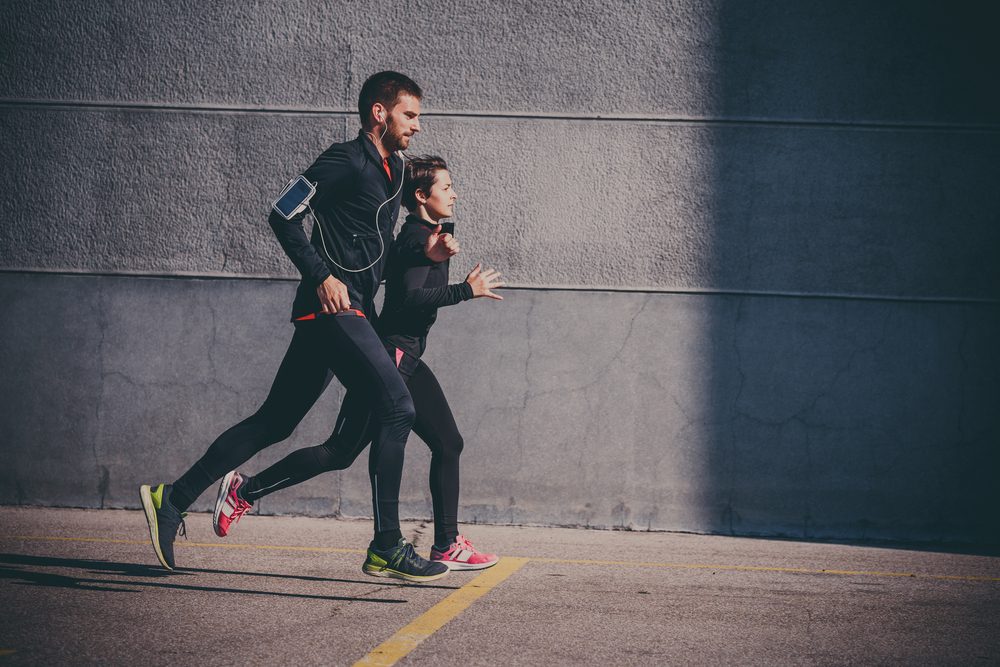FAQs About Pompe Disease and Exercise

While Pompe disease can affect the heart, respiratory system, and other functions, its chief symptom is muscle weakness. Exercise and physical therapy can help patients preserve mobility for as long as possible.
Following are answers to some frequently asked questions about Pompe disease and exercise.
How does Pompe disease affect muscles?
Mutations in the GAA gene cause Pompe disease. This gene is responsible for producing the acid alpha-glucosidase enzyme, which is crucial for breaking down glycogen, a complex sugar. Mutations cause the enzyme not to function properly and glycogen to build up inside cells. Excess glycogen is particularly toxic to muscle cells, damaging both limb and heart muscles. This leads to muscle weakness that can make moving and walking difficult for Pompe disease patients.
Progressive muscle weakness may result in scoliosis, muscle tightness, lower back and muscle pain, fatigue, and breathing problems that further restrict mobility.
Can exercise help me?
Yes, and in many ways. In addition to helping you stay active longer, and have more energy, exercise also can ease muscle pain, reduce stiffness, and improve your physical and mental health.
A study published in the Orphanet Journal of Rare Diseases suggested that exercise tolerance tended to decrease among late-onset Pompe disease patients on long-term enzyme replacement therapy (ERT), the disease’s standard care. However, it also showed that exercise training, especially if combined with a high-protein diet, could reverse the decrease and result in improvements.
Should I be cautious?
Doing the wrong kind of exercise or pushing yourself excessively actually may damage muscles and tire you even more. After giving your muscles a workout, stop before you reach your limit. Avoid lifting potentially muscle-damaging heavy weights or doing intense aerobic exercise.
Who can help me put together a routine?
Work with your healthcare team to establish a program geared to your abilities. Your physician or physical therapist should monitor your fitness plan. They may need to adjust your fitness plan as your disease progresses and your muscle weakness increases.
What kind of exercise is best for me?
Exercise must be tailored to each individual’s needs and abilities. Still, some Pompe disease patients and healthcare providers have discovered that certain kinds of exercises are more effective than others and are less likely to damage muscles. Those exercises include:
- Moderate aerobic exercises such as walking, swimming, and biking: A treadmill machine or stationary bicycle also may be beneficial, as could a movement trainer for arms and legs.
- Gentle strengthening exercises such as Pilates: These guided floor mat exercises can help improve muscle tone, flexibility, balance, and posture by stretching muscles against your body weight.
- Flexibility training: This includes exercises done in a swimming pool, using the water for support and resistance. Such exercises help stretch stiff muscles and increase range of motion.
Last updated: July 7, 2020
***
Pompe Disease News is strictly a news and information website about the disease. It does not provide medical advice, diagnosis, or treatment. This content is not intended to be a substitute for professional medical advice, diagnosis, or treatment. Always seek the advice of your physician or other qualified health provider with any questions you may have regarding a medical condition. Never disregard professional medical advice or delay in seeking it because of something you have read on this website.





